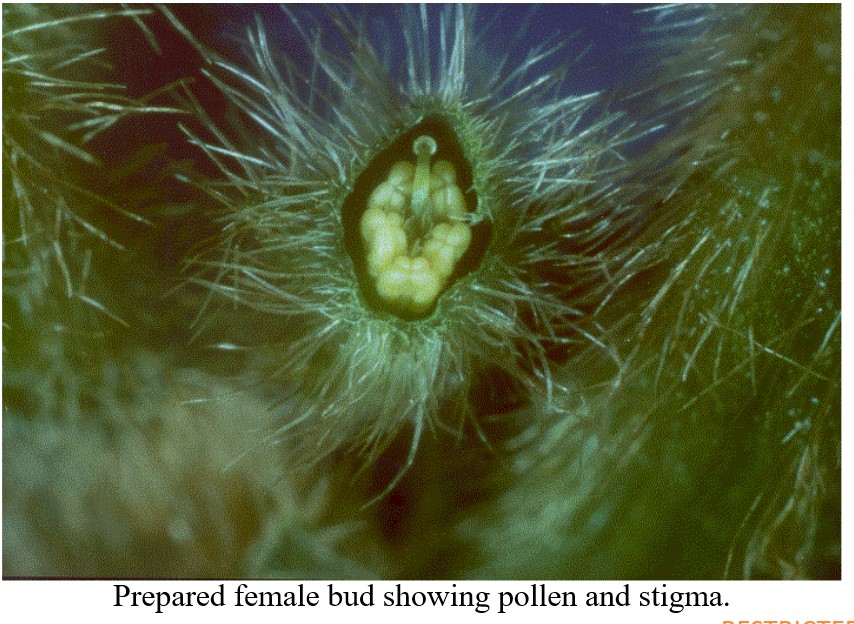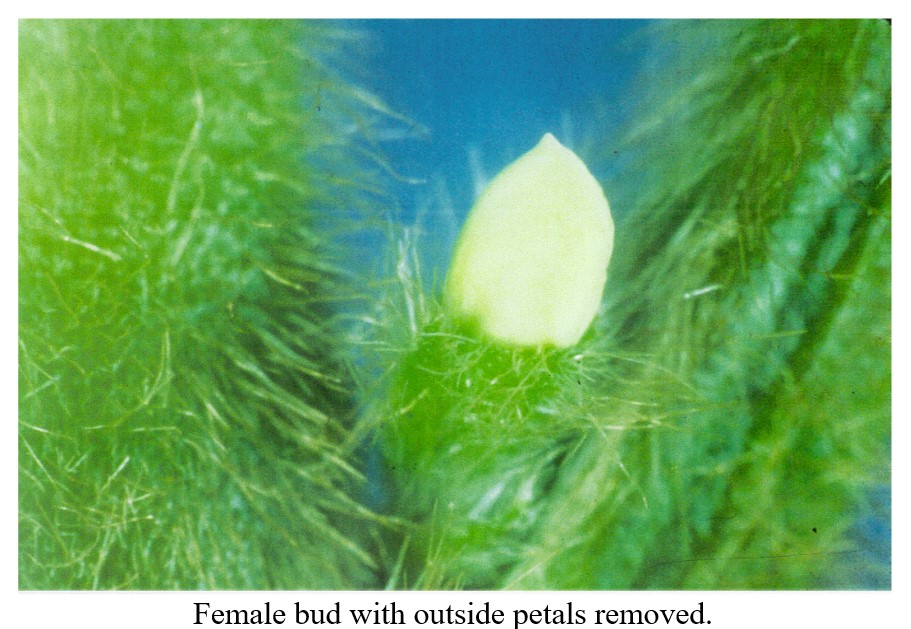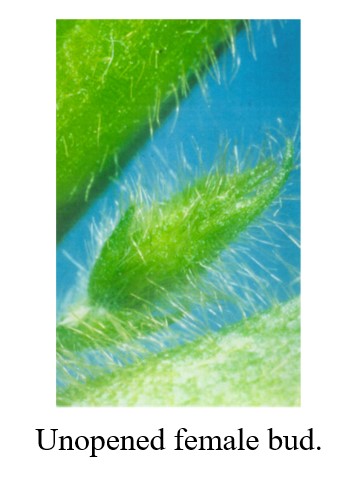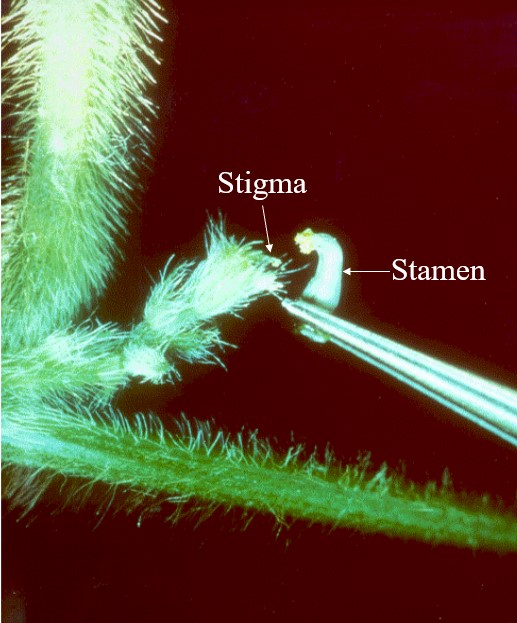We all know where soybeans come from right? The seed companies….but where do they get them? Is there a store that only they can go to get them? Like a secret “members only” sort of distribution center?
Nope. The answer is somewhat simple….breeding. But what does that mean? How does that happen? There again, it can be a simple answer, but I thought it might be fun to dig into this process a little deeper for those that may have wondered more about the process…often, it isn’t that simple.
Soybeans are a varietal crop and thus they self-pollinate and that means we (humans) essentially need to force them to cross pollinate. That process is the start of a new variety.
The basic crossing process is to start with two parental lines that contain key agronomic or phenotypic traits that one would desire to have combined into one variety. This initial cross is done with a pair of fine tweezers and peeling open the bud of a flower on the designated female. Once the pistil is exposed, one can then take pollen from the male and pollinate the female. This must be done prior to the flower pollinating itself. This is not an efficient process. One can make many attempts but usually not all of them will “take.” Good crossers will have only a 50-60 percent success rate and beginning crossers should only expect 10-20 percent of their crosses to take. Environment during the crossing time is also very important as a sunny, warm day is ideal for crossing. There is work/technology being done to help make this process much more efficient, including pollen preservation techniques and other methods being explored to enhance the pollination process, but not something I’ll cover here.
Once a successful cross attempt forms a pod, let that pod grow to produce viable seed. Since these crosses are creating hybrid F1s, these seeds are not genetically identical, which is what is desired. Then take this seed and increase it for usually 3-4 generations, which is typically done in an area of the world that can do this as fast as possible. After bulking up seed from the initial cross, it is time to start selecting. From this genetically reshuffled population, a breeding team will select individual plants. It is at this point that these individual plants can be considered a new variety – since it is assumed that all the soybeans on each plant are genetically the same. Population development – making new seed with different combinations of genes and traits – is a continuous process in that new combinations are always happening as well as increases and selections from previous crosses. The faster cycles can happen, the more genetic improvement can be realized.
Another critical aspect of breeding is using the correct parents as a base for the new variety. How do those get chosen? There are three main traits that are of importance: 1. yield 2. yield 3. yield, in that order. Grain yield is how a producer realizes profit, and thus the variety they purchase must yield consistently to hopefully provide a profitable crop. As technology advances, the way breeders select the parents has changed over time. Breeders used to physically evaluate and select a parent based primarily on its physical characteristics and yield. With the advancement of genetic understanding and computational science, breeders are now able to “see” the underlying genetic potential before the crop is even grown. Today, predictive models as well as environmental modeling are used to select the most ideal parents for a cross. With yield still being the main driver, the other desirable traits can be weighed in a way that increases the chance a variety will possess highly desired, secondary traits. The larger seed companies typically have herbicide trait platforms they work with as a base for their pipelines. Growers today are in three main camps for herbicide traits: Enlist, XtendFlex and Non-GMO.
Yield is the obvious driver for nearly all crosses, but depending on the maturity and market, there are likely other secondary traits that are necessary for varieties to possess to protect the yield potential. Soybean cyst nematode (SCN) is a widely known pest and is likely a part of nearly all selections. Some diseases may be more geographically or environmentally dependent, so some varieties may or may not warrant a resistance to specific diseases. Iron deficiency chlorosis (IDC) is another example where it can be very critical in some geographies, but not others. Broadly adapted varieties would likely need to have high yielding potential as well as a robust disease resistance or tolerance. In contrast, some regional breeding programs can be more selective and bring products that fit a niche market. Breeders could also select for specific traits and then work to get them into elite lines that are more broadly adapted. Understanding the markets and what the growers want in a product is critical, especially when it takes six to eight years to go from a cross to a sellable product growers can purchase for their farm.
What will your soybean acre look like in 10 years? That is a great question and one that breeders and scientists need to always consider. Today, yield is king. However, as other management factors and sustainability practices are becoming incentivized, that likely could change how and what type of soybean would fit best in that changing system. Breeders and teams are constantly thinking about those future needs and building the parents needed to tackle those scenarios.










 and then
and then